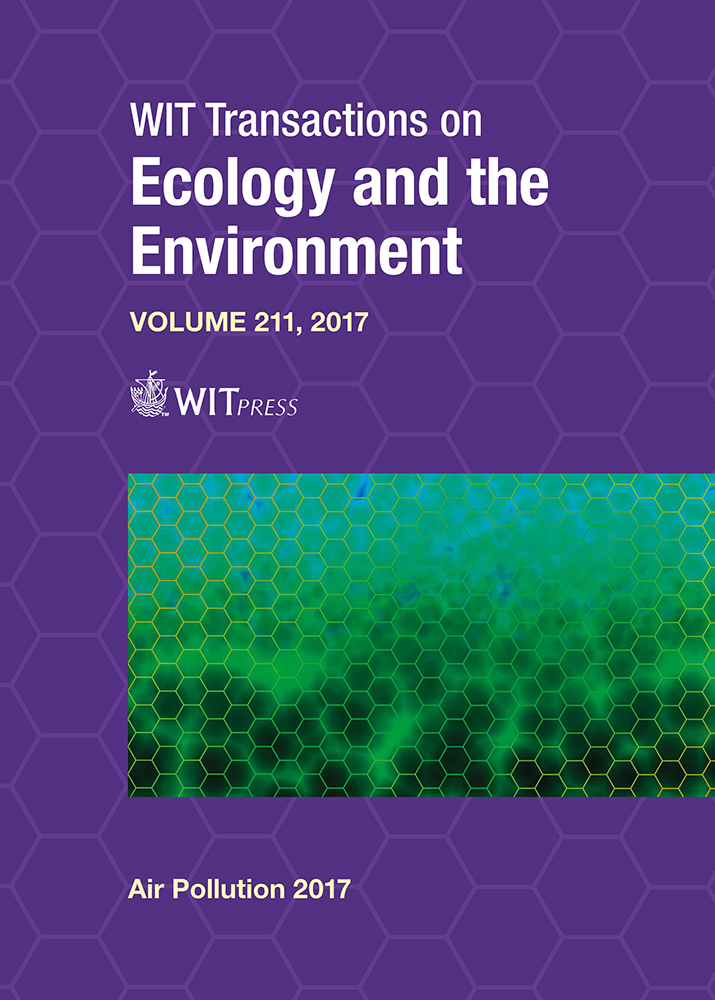EFFECT OF DIFFERENT AIR FLOW RATES ON THE COLLECTION OF ATMOSPHERIC MOLD SPORES OF DIFFERENT SIZES BY A SLIT IMPACTOR
Price
Free (open access)
Transaction
Volume
211
Pages
11
Page Range
243 - 253
Published
2017
Size
470 kb
Paper DOI
10.2495/AIR170241
Copyright
WIT Press
Author(s)
ATIN ADHIKARI, BUSHRA SHAH, TEDDYE GANDY, OREOLUWA ADEYINKA, GALELA SHEBANI
Abstract
Exposure to mold spores are associated with allergic sensitization, which is a risk factor for atopic asthma in a community. Small aerodynamic sizes of spores (<10 μm) allow them to penetrate in the lower airways and produce damaging byproducts including allergens and other immunomodulators. Usually mold spores in ambient atmosphere are collected by impactors in air monitoring stations, which are operated in a single standard air flow rate. However, sampling efficiency of an impactor can change in different air flow rates. Because spore aerodynamic sizes vary a lot and atmospheric temperature and humidity can influence aerodynamic properties of airborne mold spores, we hypothesize that mold data acquired based on a single air sampling flow rate – as currently being reported by most ambient air monitoring stations - could be incomplete. In this study, we have collected atmospheric mold spores simultaneously at three different air flow rates (5 L, 10 L, and 15 L per minute) and samples were collected from four rural ambient locations in different days. VersaTrap® spore trap cassettes were used for sampling, which provide the sampling versatility to capture mold spores of 1.5–3.9 μm. As hypothesized, we found a substantial difference between total spore concentrations collected at different air flow rates: 1.306 ± 960, 1.709 ± 1.430, 1.081 ± 923 spores/m3 at 5 L, 10 L, and 15 L per minute, respectively. Mold spores of Aspergillus/Penicillium (typically <3 μm aerodynamic diameter) showed less variability compared to Ascopsores and Cladosporium.
Keywords
bioaerosol, molds, impactor, fungal spore, air sampling, aerobiology





